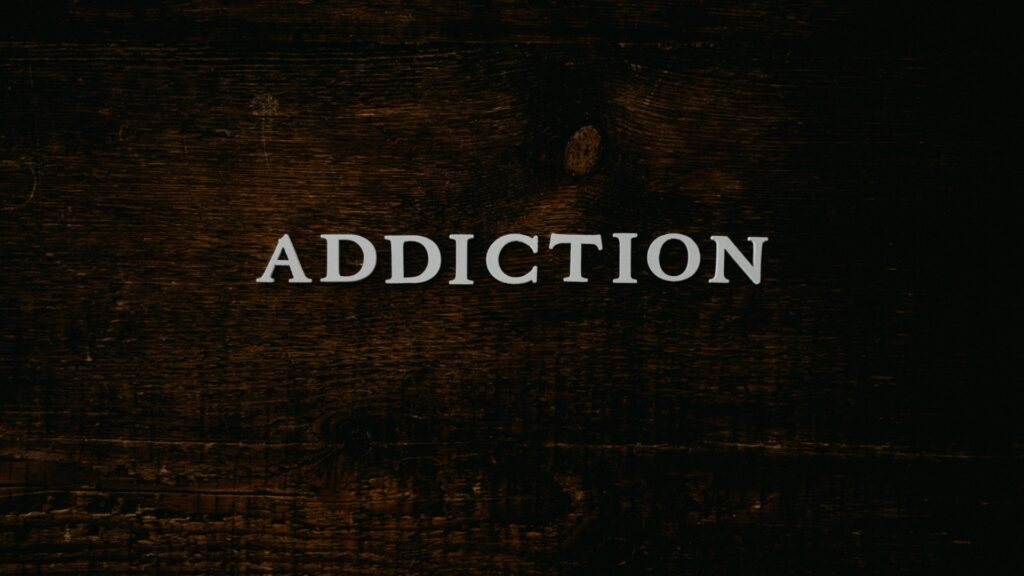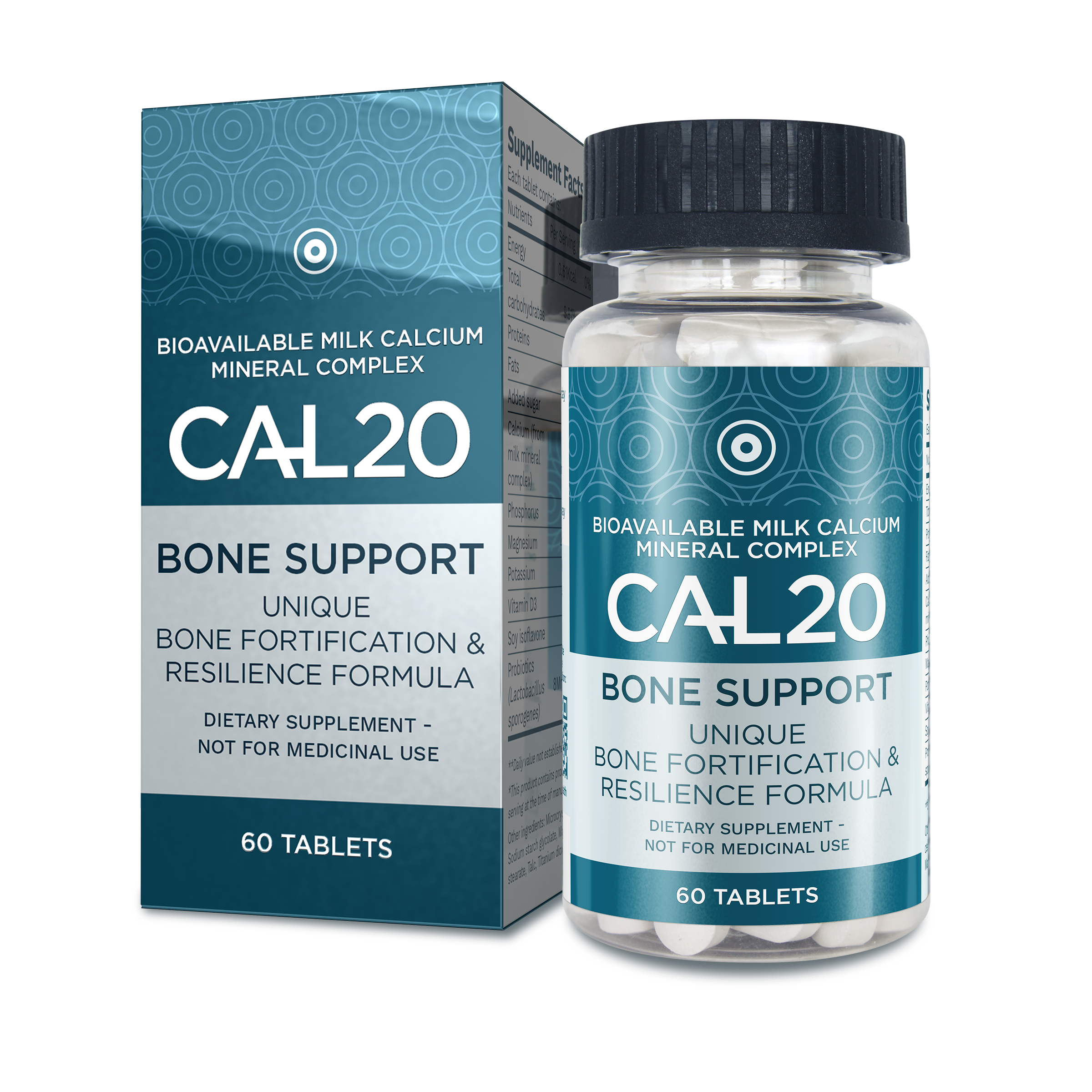An excerpt from the book Younger for Longer by Dr Duncan Carmichael
There is probably a pretty clear link in your mind between cravings and addiction – the difference is a matter of degree – and you might wonder how we know when we have moved from craving alcohol, for example, to being addicted to it? It comes down to the chemicals. The jump happens when we have triggered our dopamine receptors so much that they burn out. That leaves them ineffectual and leaves us needing more dopamine to get the same brain effect.
Practically speaking, we are addicted to alcohol when we need more alcohol to get the same level of excitement, or when we spend a large amount of time looking for alcohol, or when we are unable to stop using alcohol.
If you are my age, you might recall a famous advert from the 1980s that epitomises what many people still believe to be true about addiction. It showed a rat in a cage with two bottles to choose from – one with water and the other with cocaine-laced water. What happened? As the commentator explained, to a backdrop of plonking piano chords, nine out of 10 rats would choose the cocaine, again and again, until they died.
It was gloomy stuff, and so pervasive that many people still believe the underlying dogma: that anyone who takes enough of a drug will become addicted to it, and that once an addict, always an addict until you die. Because we believe this to be true about addiction, people on rehabilitation programs still introduce themselves by saying: “Hello. My name is so-and-so, and I’m an addict/alcoholic.” Even when we have recovered we consider ourselves as, for example, an alcoholic who no longer drinks. In other words, once a drug has sunk its claws into you, you cannot shake it.
Decades later that remains the pervasive wisdom, but – as a professor called Bruce Alexander has shown – it is at least partly wrong. Alexander decided to test out the rat-addict thesis. He started with rats on morphine in solitary confinement cages; later he moved them into a much larger cage with food, sleeping areas, toys and other rats with which they could socialise.
He called the big cage ‘Rat Park’, and the results of his experiment were nothing short of astonishing. It turned out that the rats in Rat Park typically no longer bothered with morphine-laced water. Why? Because they were happy: they had food and toys, they were socialising with other rats, and they therefore had no need to boost their dopamine.
As Alexander notes on his website: “We ran several experiments comparing the drug consumption of rats in Rat Park with rats in solitary confinement in regular laboratory cages. In virtually every experiment, the rats in solitary confinement consumed more drug solution, by every measure we could devise. And not just a little more. A lot more.” By contrast, the rats in Rat Park consumed “hardly any morphine solution” at all.
Alexander’s work suggests that it is our situation that drives addiction, not the theoretical hooks that drugs drive into our brain. If we are in the equivalent of an empty cage – alone, with no stimulation and no purpose – we will be unhappy and susceptible to addiction. And that brings us back to Lieberman’s theory: that we are programmed to move away from the negative and towards the positive. If you are in that empty cage and the only positivity is a bottle of morphine, then that is what you will go for. Again, though, it is not necessarily the drug, but the situation.
Unfortunately, Alexander’s work was carried out at a time when support for the War on Drugs in the US was running high, so there was limited appetite for the implications of his findings. But he remains convinced that he is on to something:
“When I talk to addicted people, whether they are addicted to alcohol, drugs, gambling, internet use, sex or anything else, I encounter human beings who really do not have a viable social or cultural life. They use their addictions as a way of coping with their dislocation: as an escape, a pain-killer, or a kind of substitute for a full life,” he writes on his website. “More and more psychologists and psychiatrists are reporting similar observations. Maybe our fragmented, mobile, ever-changing modern society has produced social and cultural isolation in very large numbers of people, even though their cages are invisible!”
I think he has a point. That is not to deny some physical component to addiction (nicotine, for instance, is among the most addictive substances out there), but I am convinced that there are other elements to consider.
Alexander’s related finding was that the addicted rats that were put into Rat Park went through a minor withdrawal process before starting to function normally in their new environment. They did not stay addicted forever and the same may hold true for humans too.




